Friday mornings are calmer than most days at CKC Good Food’s central commissary. Our ovens and drivers are less busy because much of our daily lunch responsibilities shift to a network of pizza places around town. The majority of our client partners who choose to offer pizza on their menus serve it on Fridays, with a few offering it on Wednesdays or Thursdays, either weekly or bi-weekly. Our 7-day-a-week sites may offer it on Sundays. Whenever it's served, pizza is a popular option -- 66% of our client sites serve pizza.
Our third-party partners include multiple pizza brands. The pizza offered at a particular site depends on whether the program is public or private as few pizza places offer products that meet the nutritional guidelines of the National School Lunch Program, as well as the store's service area, capacity and existing relationships with our client partners. For client sites that have cooking capabilities, they have the option of preparing pizza in house rather than having it delivered from a local pizza store.
Making 'Good' Pizzas is Involved Process
On a recent Friday morning, Domino’s Pizza District Manager Tim and Store General Manager Stas provided a behind-the-scenes look at the pizza prep process at the Northeast Minneapolis store. Every Friday, this store makes nearly 120 pizzas that are delivered to just two CKC Good Food schools.
Before 9 a.m., Stas stood in the cramped prep area behind the counter. Looking through the plexiglass shield, one could watch the master at work. To his left a stack of blue plastic bins with hinged lids, each filled with four distinct dough balls and to his right a pile of woven-wire round trays. One-by-one, he meticulously kneaded the whole-grain-rich dough atop cornmeal, stretching it into a perfect round at a precise depth before placing it on a metal tray and sliding it into a rack with a 10-15-crust capacity. While Stas has the process down to a nearly exact science, he repeatedly stated that Domino's doesn't make perfect pizzas, "We make good pizzas."
Soon, other employees filed in. The first pulled prepared crusts from the rack, adding low-sodium sauce and low-fat, low-sodium cheese to each. He shifted to stretching crusts when the next employee in took over the sauce and cheese detail. At 9:20 a.m., Stas began loading the first pizzas onto one of three conveyor belts for their 8-minute pass through the open-sided oven to bake. As each baked, an employee opened small doors on the front of the oven to watch for crust bubbles to be popped with a long-handled fork. Bubble-less pizzas are a signature trait of Domino's. In a steady rhythm, pizzas come off the conveyor belts timed at precise intervals to allow employees to cut and box one pizza before the next is ready to come out. (If you ever wonder why your pizza is not cut all the way through, it’s likely the pizzas were not spaced appropriately to give the cutter sufficient time.)
By 10 a.m., the quantity of pizzas needed for the first of four deliveries were stashed into insulated carriers for delivery drivers to take to nearby schools.
Pizzas Tailored to USDA Nutritional Guidelines
It’s not unusual for parents to question the nutritional quality of school pizzas. The reality is that pizzas served at schools that participate in the National School Lunch Program are not nutritionally equivalent to pizza you’d order for your family from the local pizza place. School pizzas, such as those available through Domino's "Smart Slice" program, are made with lower-sodium and low-fat cheese, lower-sodium sauce and dough that is at least 51% enriched whole grain to comply with the USDA nutritional guidelines for child nutrition programs. The result is pizza that tastes great and is lower in calories, fat and cholesterol.
Beneficial 'Side Hustle'
Supplying pizzas to schools is a nice complement to pizza companies’ regular business. In the case of Domino’s, the stores don’t open for public orders until 11 a.m., generally after school deliveries have been completed. The delineation is also helpful because school pizzas require a different baking temperature to melt the lower-sodium cheese. The increased labor required to fulfill school orders are more than offset by the regular income those orders produce.
For Stas, who started working for Domino’s after being laid off from an investment firm, that’s easy math. His store is one of the most successful stores in the franchise. His employees have all worked for him for three or more years and there’s a waiting list to work for him.
CKC Good Food's pizza program is a win-win for our third-party partners and the happy eaters we serve. No matter how you slice it, CKC Good Food’s pizza program is a hit!


